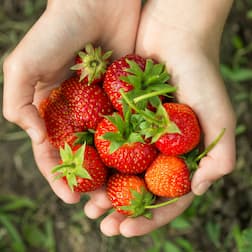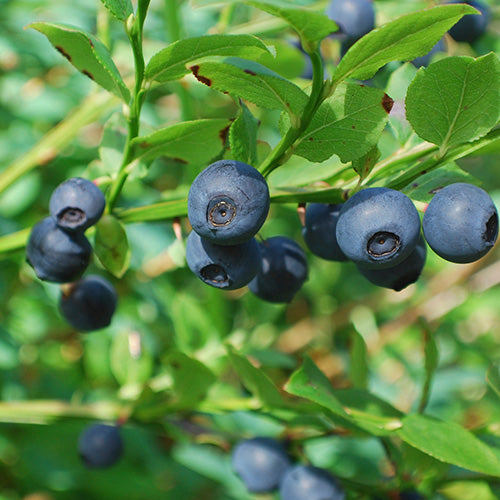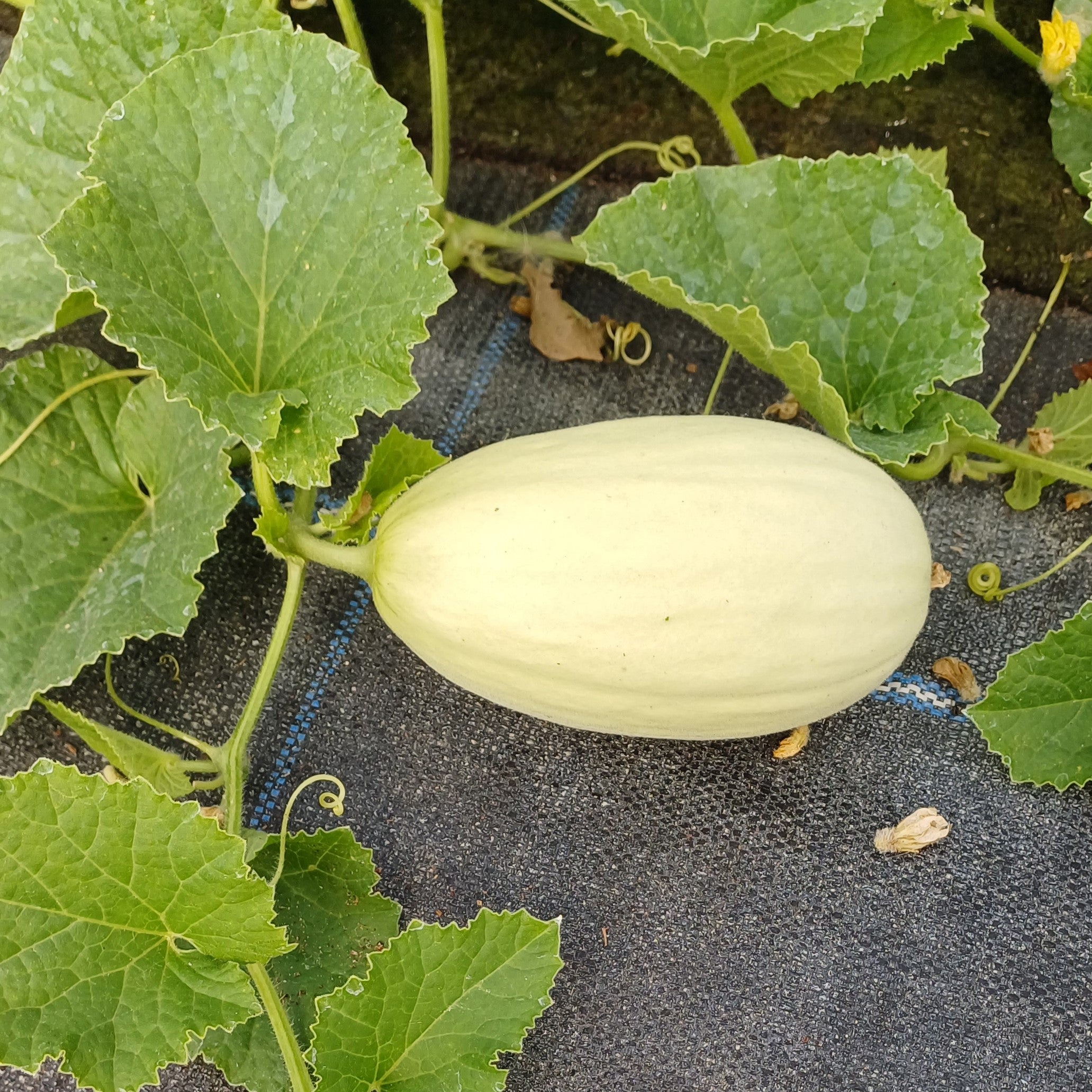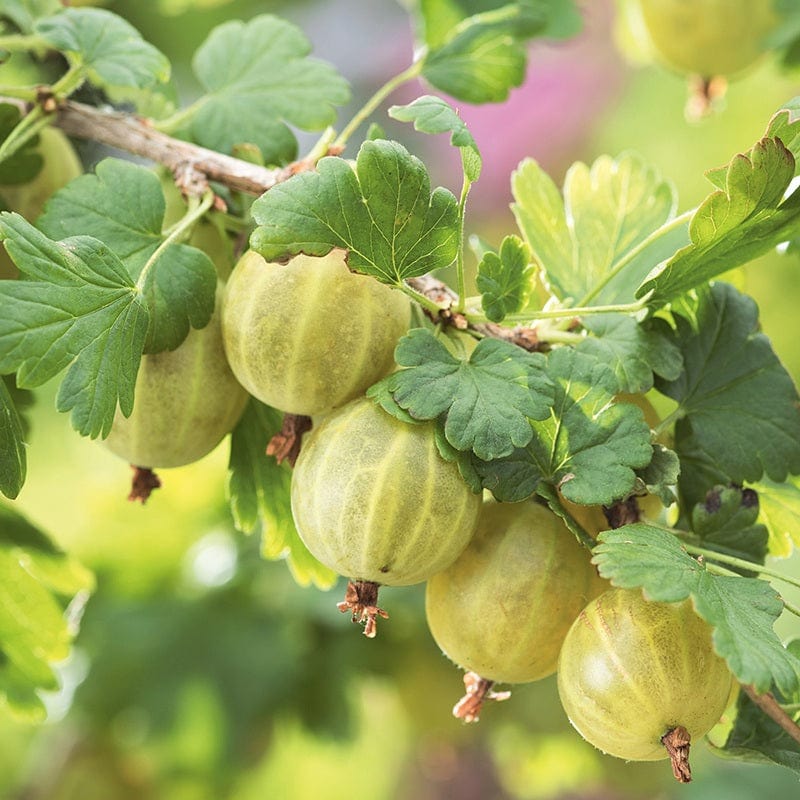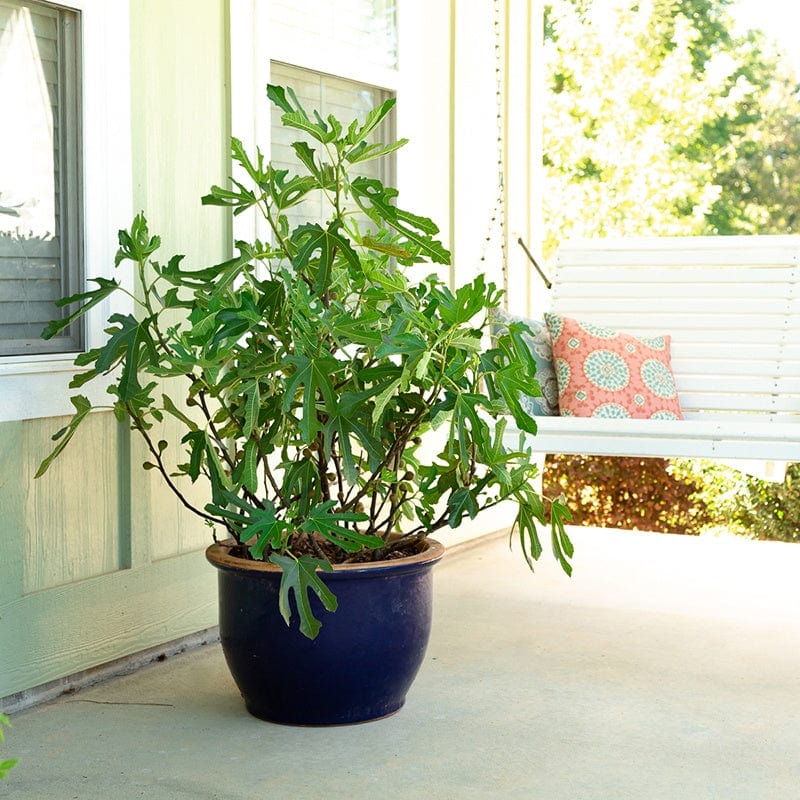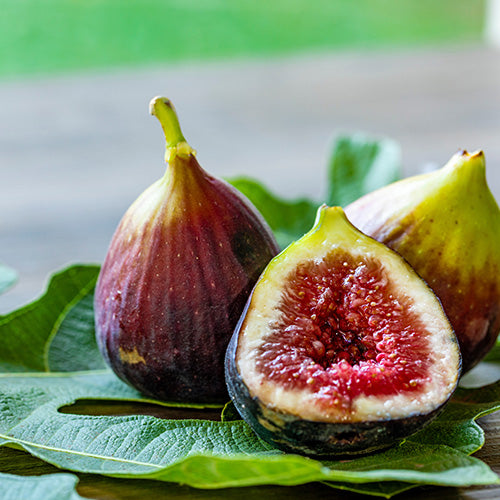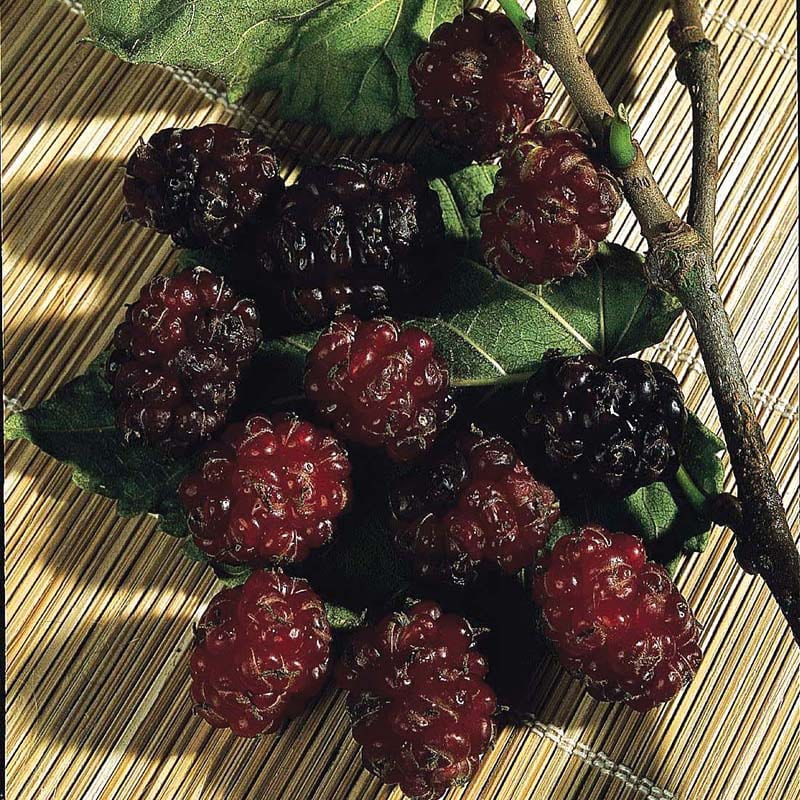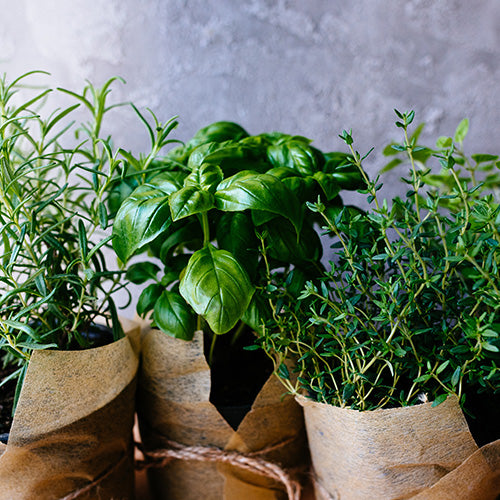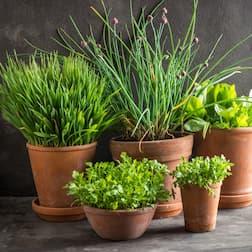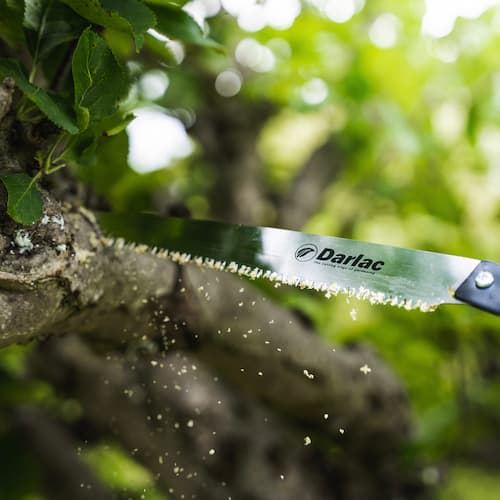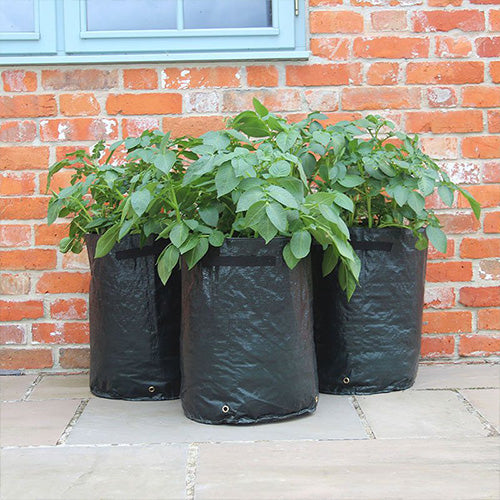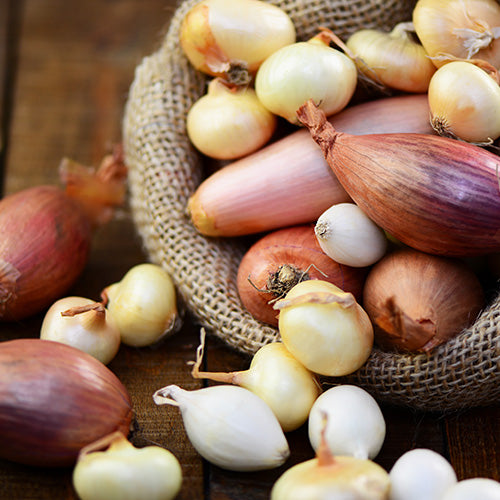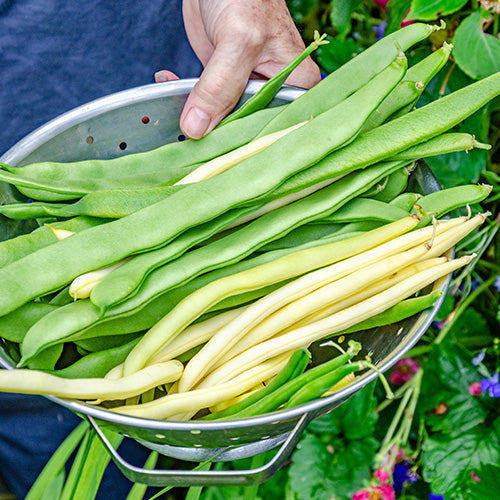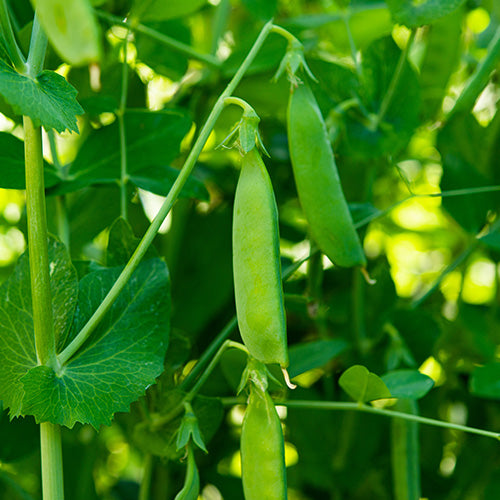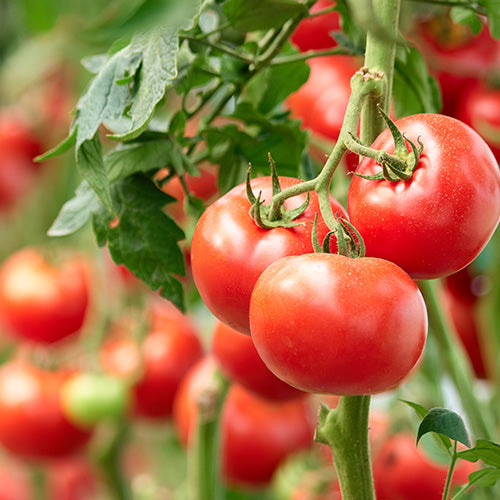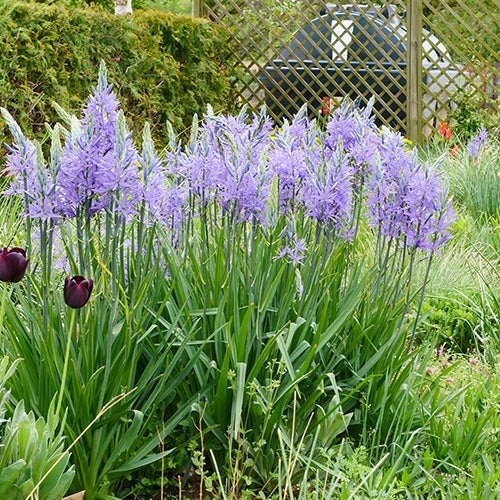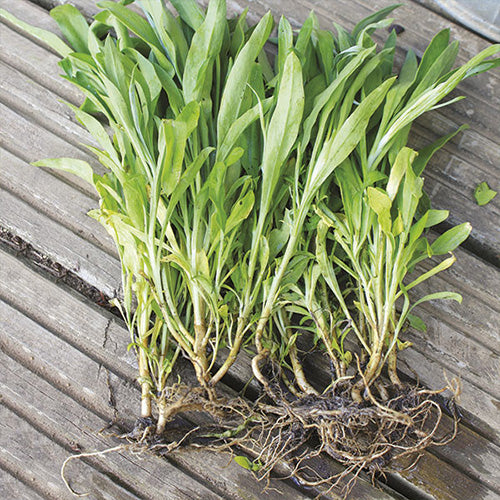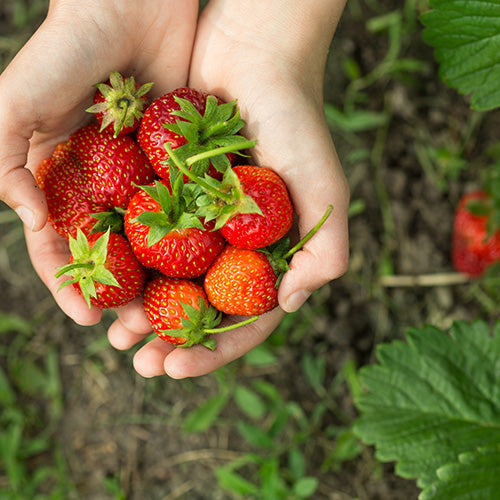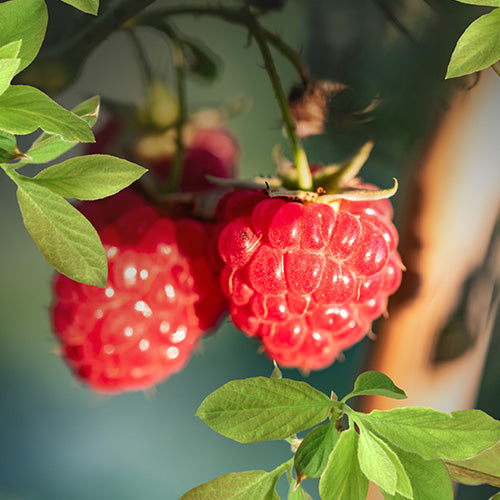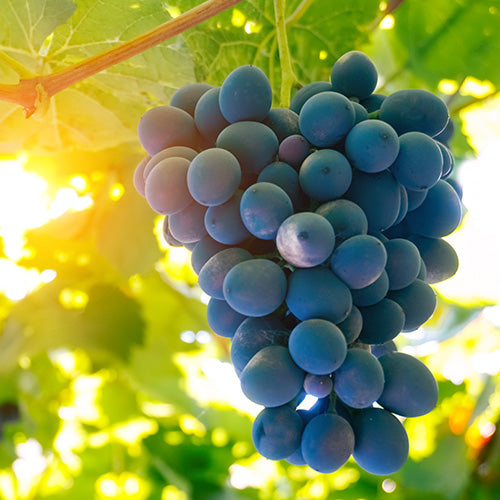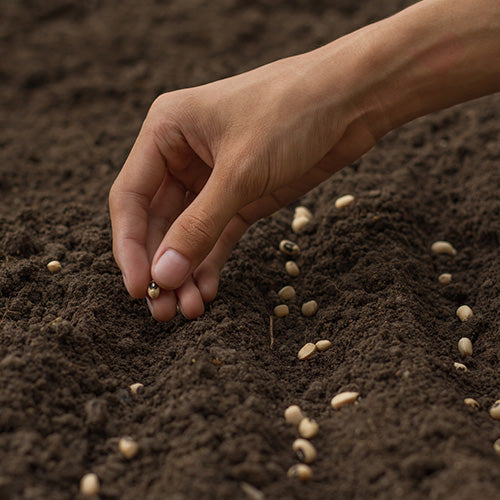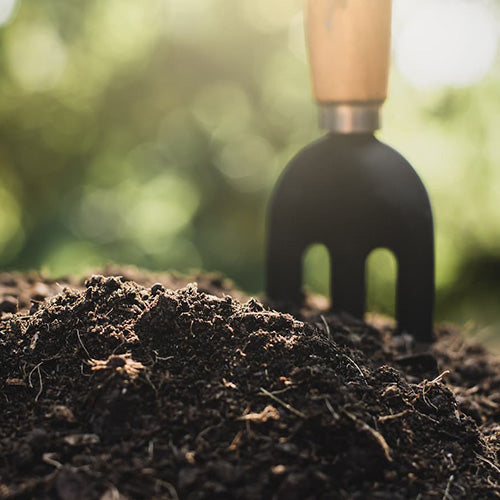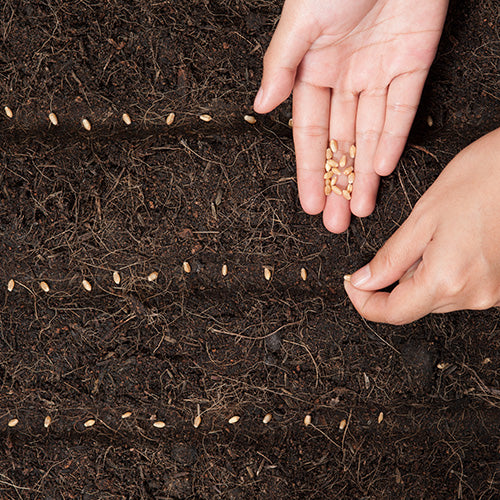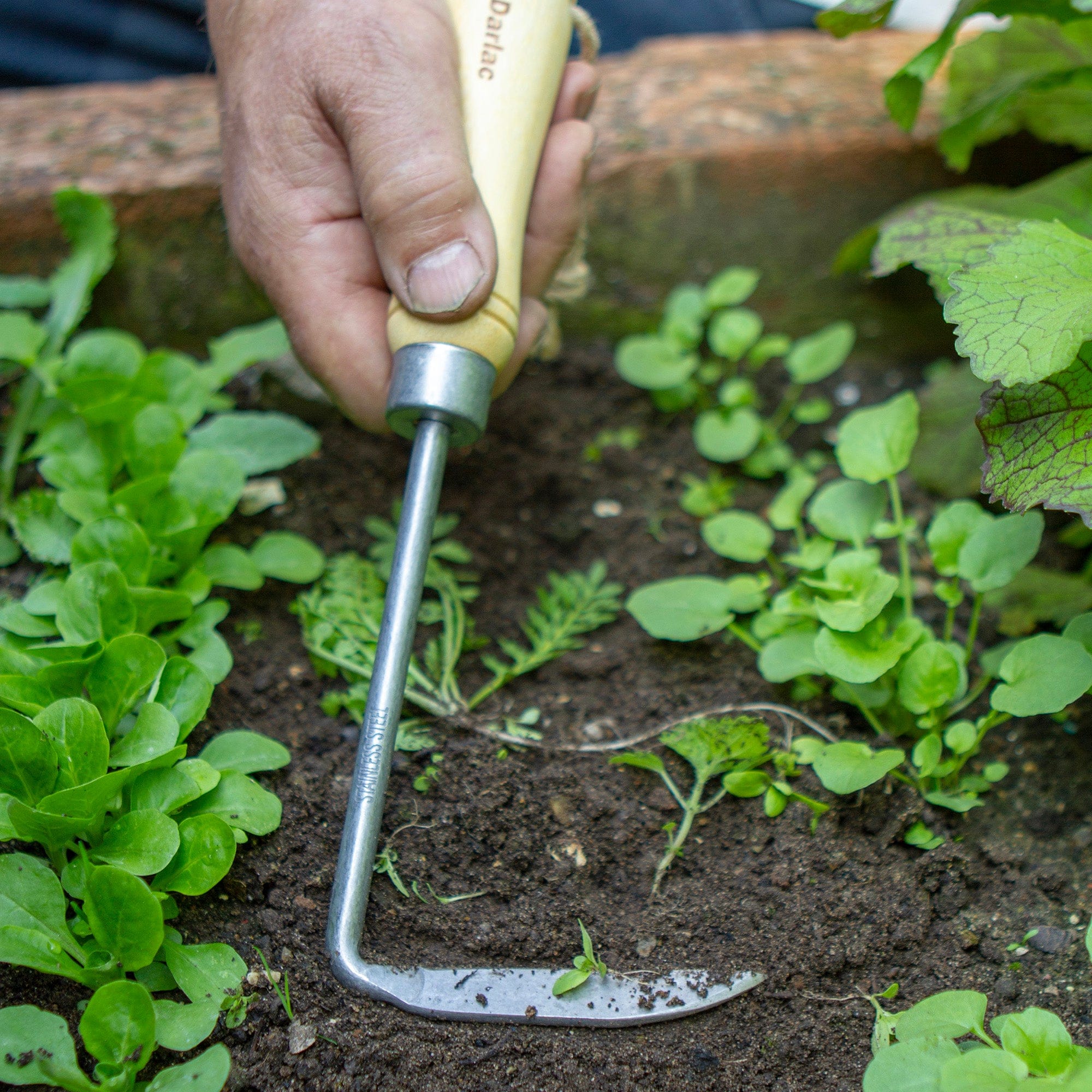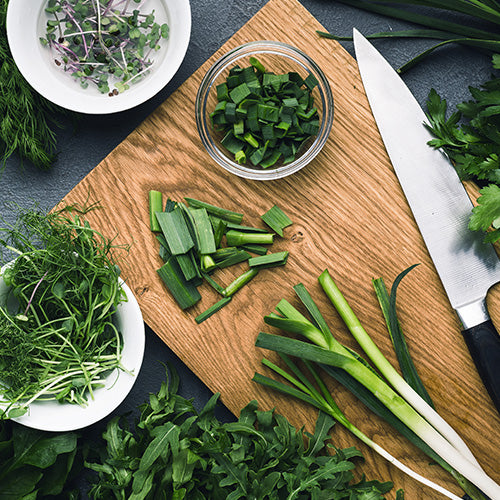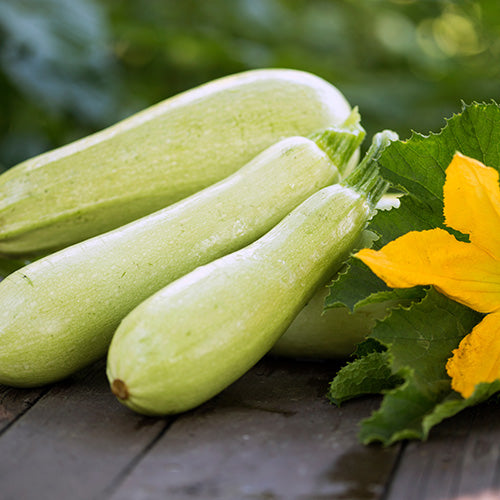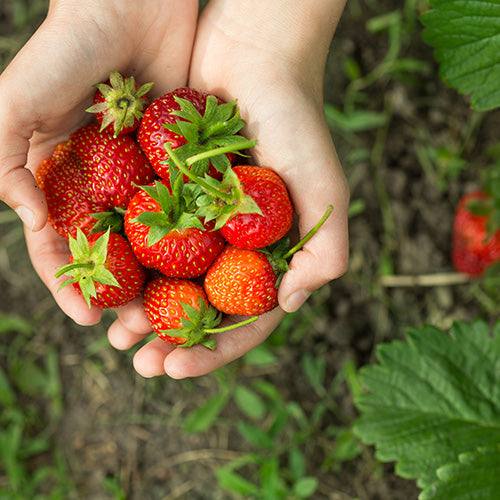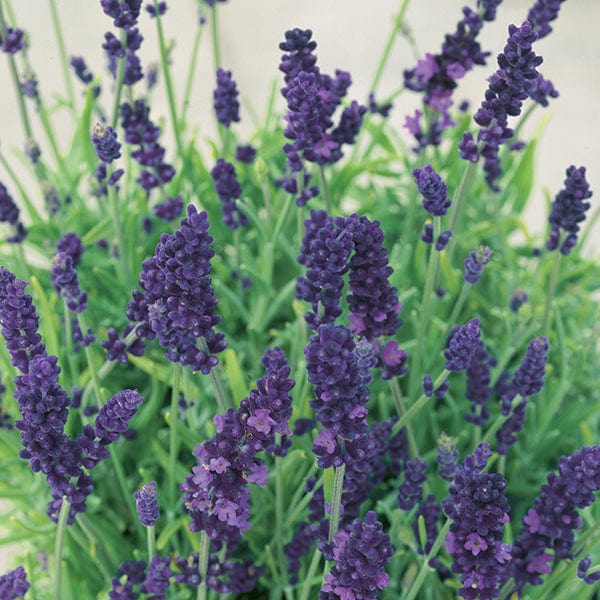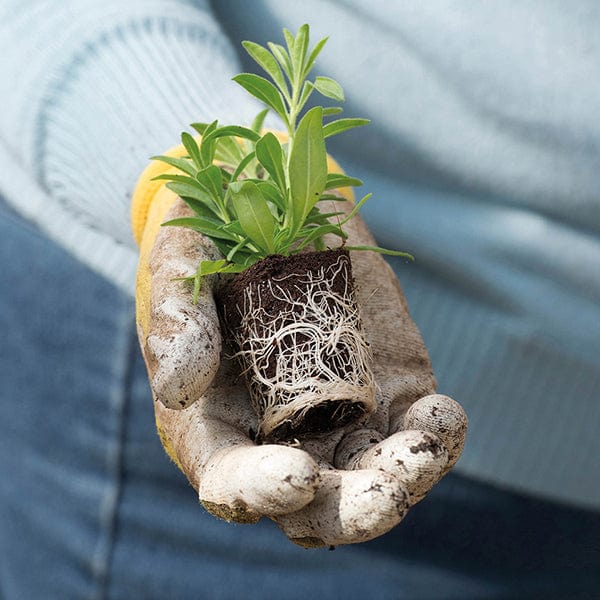Herbs make wonderful additions to any garden! They are so easy to grow and manage so you certainly won't regret making space for a few varieties in your garden. Herbs work wonders in adding an instant boost of fresh flavour to a range of sweet and savoury dishes, as well as summer drinks- the combinations of flavours are endless!
Agretti
Great paired with seafood dishes
Basil
A much loved herb which can be added to a whole range of dishes. Pairs well with tomato-based sauces and meat dishes. Leaves can be used fresh for adding instant flavour to summer salads or pasta dishes. Any surplus can be preserved or used to infuse flavoured oils.
Borage
Leaves have a light cucumber like taste, perfect for adding to summer drinks and salads.
Caraway
Young leaves can be chopped up and used sprinkled into soups or salads. The flavoursome seeds can be sprinkled over goose and pork dishes.
Celery Leaf/Parcel
The attractive leaves look great as a garnish and are perfect for adding to stews, soups and salads. Leaves can also be added to milk, to add a subtle flavour when poaching fish.
Chamomile
The attractive, fragrant flowers can be dried and used to make the soothing, relaxing chamomile tea.
Chervil
A herb best added towards the end of cooking to help retain its delicate, aniseed-like flavour, which is subtle and never overpowering. Can be added to salads, chicken, white fish and egg dishes.
Chives
The mild onion flavour of chives make them the perfect companion for savoury egg and cheese dishes. We love it chopped into scrambled egg.
Coriander
This versatile herb has so many culinary uses. Leaves are wonderful added to salads, stir-fries or curries. Leaves can also be used as an attractive garnish to bring any plate to life. Try growing coriander lemon for a zestier flavour!
Dill
Perfect for use in seafood dishes, in particular salmon! Works well in creamy sauces also.
Fennel
The attractive feathery leaves have a wonderful aniseed flavour. Can be used to add flavour to summer salads and works great when paired with white fish dishes.
Hyssopus
Both the flowers and leaves can be used from this attractive, decorative plant. The purple flowers look good in salads, whilst the leaves can be used in casseroles, soups and meat dishes.
Lemon Balm
The pungent, lemony foliage can be added to so many dishes. The leaves are perfect for adding to salads, white sauce for fish, mayonnaise, poultry and pork. They are also great in sweet dishes, such as jellies, fruit salads and summer drinks.
Lemon Grass
The flavoursome stems can be used in a whole host of dishes including stir-fries, salads, curries and marinades.
Lovage
Leaves have a strong, celery-like flavour making them wonderful additions to salads, soups and casseroles. The stems and leaf stalks can even be steamed and served as a vegetable.
Marjoram
The dainty leaves have a spicy-sweet flavour, making them so versatile for use in the kitchen. Leaves can be used in cold salads or cooked into warm dishes, however we recommend adding towards the end of cooking to help retain the flavour. Leaves are great used in soups and sauces.
Mint
A surprisingly versatile herb, perfect for adding into a range of sweet and savoury dishes. Essential for making the quintessential mint sauce and adding flavour to lamb dishes. Can also be used in summer jellies and punches to add fresh flavour.
Oregano
At the heart of Mediterranean cuisine! Works well with pizzas and pasta dishes, as well as being used to add flavour to chicken and pork dishes.
Parsley
So much more than just a garnish! Wonderful used in a wide range of dishes such as soups, stews, sauces and alongside fish. Can be blended with butter to add flavour to seasonal vegetables also. For a more robust flavour, try the flat leaf types.
Red Orach
The younger leaves look and taste good in salads, while the more mature leaves can be added to soups and stews, or steamed and used in the same way to spinach.
Rosemary
One of the most versatile of all herbs! The perfect companion to lamb, but also works well with other meats such as chicken and game. Can be added to soups, stews and casseroles, as well as sauces and stuffing for added flavour. Add whole sprigs to flavour breads and trays of roasted veg. Any surplus can be preserved or used to infuse flavoured oils.
Sage
The leaves of sage have a strong flavour which works well with fattier meats such as pork and duck. Sage is commonly used to compliment buttery sauces and vinegar's also. Any surplus can be preserved or used to infuse flavoured oils.
Salad Burnett
The young leaves can be added to salads or used in dressings; they have a delicate flavour reminiscent of cucumber, although some detect a hint of mint too. How about chopping the leaves finely and adding to crème fraîche or to a summer soup? They are also good popped into an oriental stir-fry.
Sorrel
Sorrel's rather sharp, acidic flavour adds a nice bite to salad, especially when its leaves are picked young. They can also be cooked like spinach or added to soups, meat dishes and omelettes. Why not try them mixed with lettuce leaves and create a green sauce for fish and poultry? Sorrel soup is something of a 'classic'.
Stevia
The leaves are widely used as a zero-calorie substitute for sugar. Despite being known as 'Sweet Herb', in the UK Stevia is not approved for human consumption, and can only be grown as an ornamental plant! In the US the leaves are picked and used in all manner of culinary dishes.
Wild Strawberry
The berries taste delicious but leaves can also be bruised and used in meat stocks to add flavour.
Tarragon
A delicious herb which works great when paired with chicken and fish dishes. Add whole sprigs to flavour vinegars and oils to create lovely salad dressings.
Thyme
A reliable old favourite, which no kitchen should be without! Great used in sauces, soups, stuffings, and perfect added to food cooked in wine. Try using the lemon or orange variation of this classic herb to add unique citrus flavours to meat and fish dishes. Any surplus can be preserved or used to infuse flavoured oils.
Welsh Onion
The taste is very reminiscent of chives, however with a slightly stronger flavour. Great for adding to stocks and soups, as well as stir-fries.


